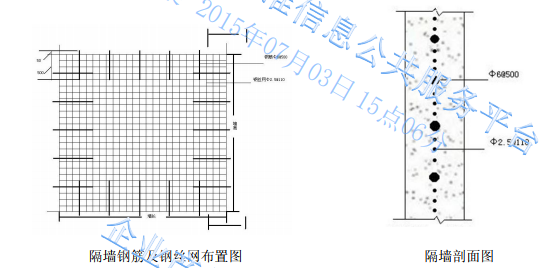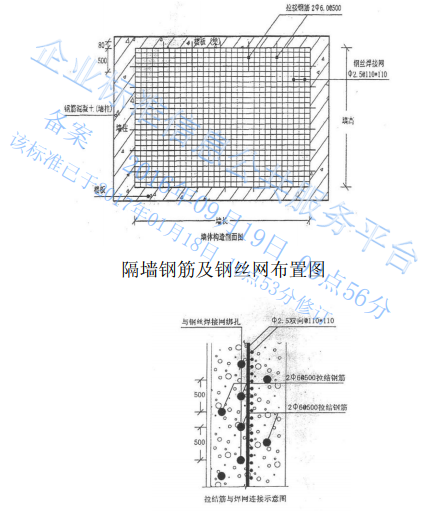IP protection for Standards

Does enterprise standard contain intellectual property that can be legally protected?
Enterprise standard are voluntary standard that food companies decide to apply to the production of their product.
They shall comply with national food safety standard and can have stricter provisions/requirements than these.
Enterprise standard are filed by companies with province or city level bureaus of the National Health Commission, and after a 20-day public notice for comments, their filing is completed and they remain open for public consultation.
As the information contained in these standards becomes public knowledge, companies shall avoid including in these standards sensitive information that they wish to protect – or at least they should secure that such information shall open to public disclosure.
Another aspect may be copyright protection.
Copyright protects works which also include written works, but which exclude “laws and regulations, resolutions, decisions and orders of State organs, other documents of a legislative, administrative or judicial nature and their official translations”.
So, are standards included?
In 1999 the PRC Copyright Bureau issued a Reply To The Supreme People's Court On Standard Copyright Disputes (权司 [1999] No.50), stating that:
mandatory standards are technical norms of a legal nature;
recommended standards on the contrary are not technical norms of a legal nature and shall therefore fall within the scope of copyright law protection.

Moreover, Administrative measures on standard publication (技监局政发[1997]No.118) request that any entity or individual that intends to reproduce any part of standard in any form for the purpose of business shall obtain the prior written consent of the entity who has the exclusive right of publication.
Even if these two regulations do not refer explicitly to enterprise standards, their rationale is clearly applicable also to enterprise standards: in practice, if they have some degree of originality, they are also covered by copyright.
Applicability of copyright to enterprise standards seem also confirmed by courts.
In the 2018 judgment issued by the court of High Court of Shandong Province, the court stated that while the structure of enterprise standard is strictly and has no originality, however other written content, as long as it can show some kind of creativeness, can be deemed as intellectual work of the author thus protectable by copyright law.

The case involved Company A – who had filed registration of its own enterprise standard in 2015 – and Company B – who had filed for registration of its own enterprise standard in 2016.
Both standards referred to the same product – i.e. cast-in-place lightweight foamed concrete partition wall (construction standard industry; however the legal rationale applies to all enterprise standards in any industry).
Company A complained that Company B's standard was too similar to Company A's – in terms of content as well as lay out and graphic, and thus infringed Company A's copyright, with specific reference to the right of authorship, of reproduction, of transmission on information network and on other media platform.
Company A thus filed a litigation with the People's Court requesting that Company B
stop the infringement;
compensate damages at 100,000 RMB.
The Court evaluated the two standards and highlighted general similarities (such as: consistency in frame and terminology, including name, preface, scope, normative reference document, terminology and definition, classification and marking, raw material requirements, technical requirements, test methods and basic inspection rules).
Similarities also included specific drawings:

Company A

Company B
A few differences were also found such as
one different reference standard,
one different diagram,
unit measures inserted next by some identical figures in only one of the standards,
in a technical there was one different item,
in two tables there were two different values (one in each, out of several).
However, in the end the court upheld Company A's claim. Company B then changed the structure of its own standard, by modifying some reference documents, by inserting some formulas, by adding new tables and definitions.
In the end, as more and more companies localize production in China for local market, more and more enterprise standards will be filed.
Copyright issue needs to be considered by drafters, along with the technicalities of the standards.
HFG Law&Intellectual Property


